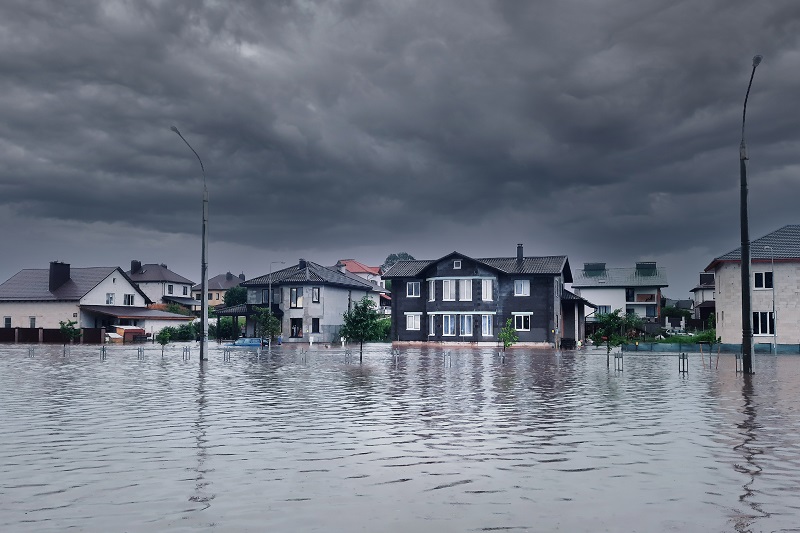Feds commit money for new national flood insurance program

Canada’s federal government finally put numbers to a low-cost flood insurance program, committing $31.7 million over three years to protect households at high risk of flooding and without access to adequate insurance.
Details about the program remain up for discussion, the budget noted.
“The government will engage provinces and territories on the development and implementation of the program, as well as the requirements for its long-term fiscal sustainability, including cost-sharing and risk mitigation,” the 2023 budget stated. “In parallel, the Department of Finance and Public Safety Canada will engage with industry on solutions to earthquake insurance and other evolving climate-related insurance market challenges.”
What few details exist in the federal government’s budget document hint at a Flood Re-style of government reinsurance program that exists in the United Kingdom. For example, the budget documents said Canada’s proposed flood insurance program “would include offering reinsurance through a federal Crown corporation and a separate insurance subsidy program.”
In the United Kingdom, Flood Re’s government backstop program for insuring flood relies on funds coming from insurers in three different ways. First, the government charges a levy against home insurers that raises £135 million (about C$198.4 million) annually to administer the program and to reimburse insurers for valid claims. Second, insurers pay premiums into the program that reflect residents’ tax bands, not their flood risk (thereby keeping the price down). Finally, there is a limited £250 excess amount per policy collected from the insurers.
In a media release welcoming the new flood insurance initiative, the Insurance Bureau of Canada suggested the timetable is to establish the program sometime “within the next 24 months.”
“Flooding is Canada’s greatest climate-related risk,” Celyeste Power, IBC’s president and CEO commented on the budget. “Over 1.5 million households are highly exposed to flooding according to the final report of the Task Force on Flood Insurance and Relocation in August 2022.
“The new program will consider damage from storm surge, as experienced across Atlantic Canada during Hurricane Fiona, riverfront flooding, as experienced during the eastern Canada floods in 2017 and 2019, and urban overland flooding.”
Brokers were pleased to see the government would be consulting with the Canadian P&C industry to iron out the program’s details and implementation.
“IBAC is pleased the Government of Canada is following through on its commitment to establish a flood insurance program for high-risk properties where flood insurance may not be accessible,” said IBAC CEO Peter Braid. “Insurance brokers are in every city and town across Canada and they understand the unique needs of their clients and communities.
“In the aftermath of catastrophic events, they are on the front lines, helping homeowners recover and rebuild. We continue to urge the government to leverage this valuable expertise as part of the new national program.”
On top of introducing a flood insurance program, the Liberal government is committing money to prepare for flood resilience in other ways.
For example, the government said it will provide $15.3 million over three years, starting in 2023-24, to Public Safety Canada to create a publicly accessible online portal where Canadians can access information on their exposure to flooding.
“As climate change makes flooding more frequent and severe, many Canadians are unaware of the risks their home may face from flooding,” the budget stated. “This is, in many cases, due to a lack of publicly available information. For many at the greatest risk, this limits their ability to take action to protect themselves and their home and hinders communities’ ability to mitigate the effects of flooding.”
The federal government also proposed provision of $48.1 million over five years, starting in 2023-24, and $3.1 million ongoing, to Public Safety Canada to identify high-risk flood areas and implement a modernized disaster financial assistance arrangements program. The aim is for that program to create incentives for risk-mitigation efforts.
Finally, the budget earmarked $1.6 billion to implement the National Adaptation Strategy, which is designed to ensure communities are better protected from immediate and long-term climate risks.
Feature image courtesy of iStock.com/oobqoo







